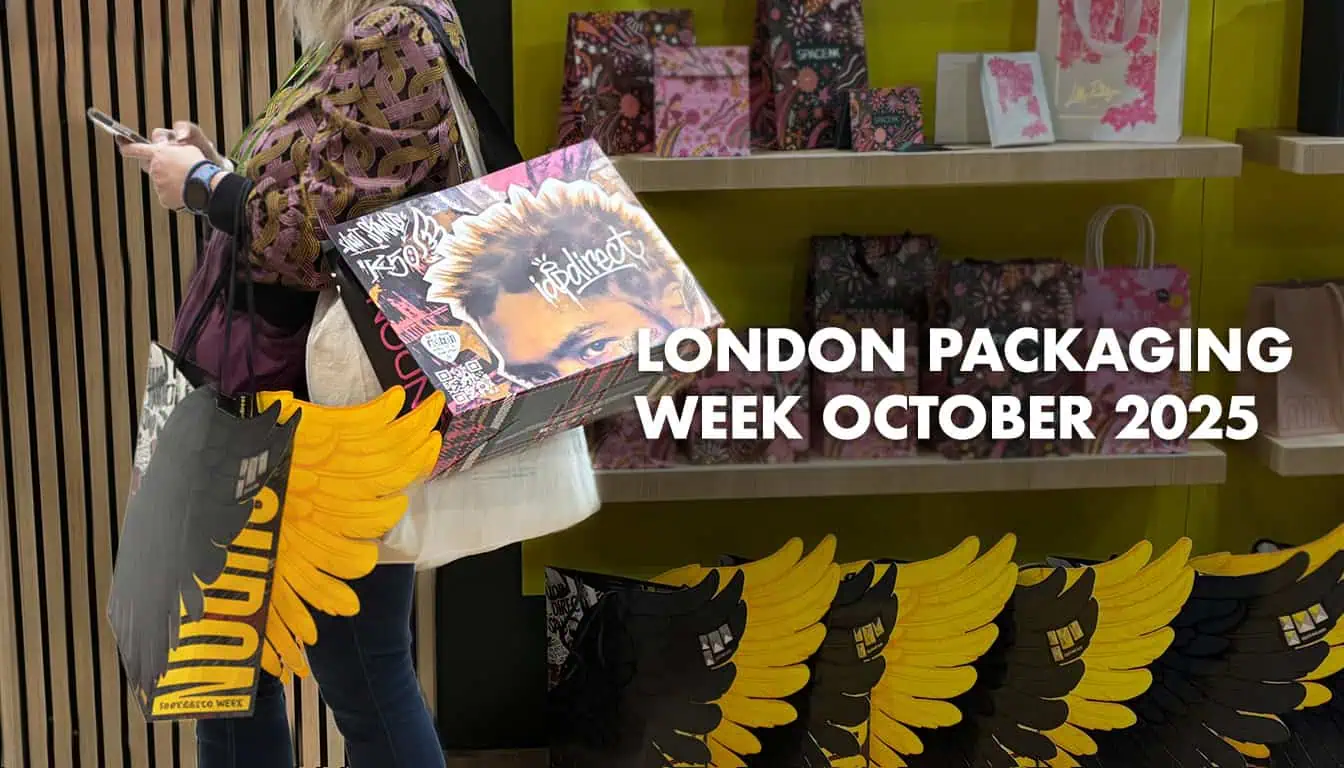Author
Creative Director
Published
October 21st, 2025
Length
3 Minutes
The idea of retail as a third place; not home, not work, but somewhere to connect. Sounds poetic until you look at the numbers.
Retail space is expensive. It costs money to lease, to staff, to maintain, and the way it pays for itself is through turnover. Retail doesn’t survive on lingering. It survives on transactions. Shoppers in, money out. So why are so many brands chasing community?
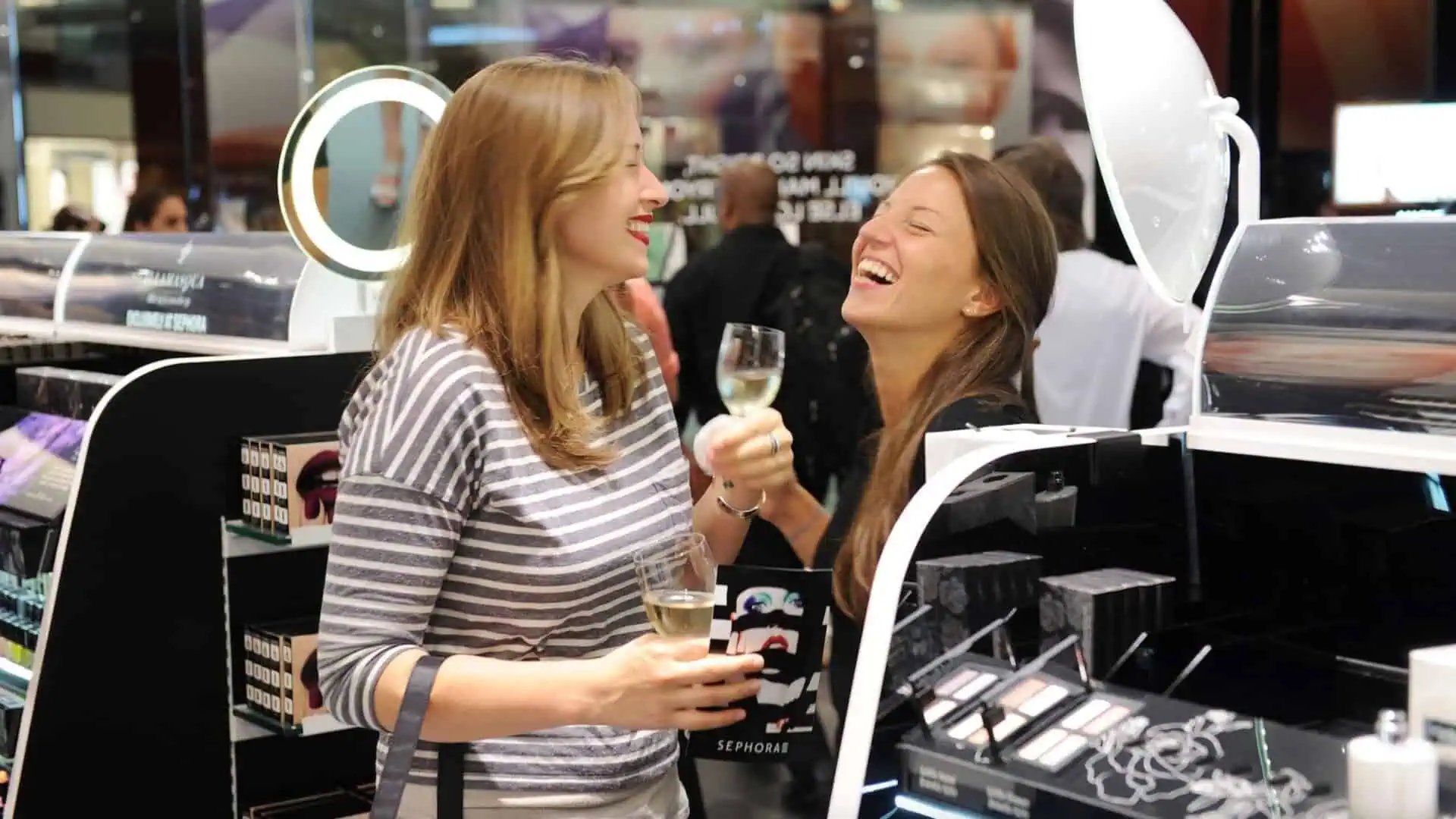
The Myth of “Community” in Retail
Brands talk a big game about belonging, but community doesn’t always pay rent. Take Anthropologie. They figured out something early by inviting customers into the making process. Craft circles where staff and shoppers hand-made window displays together. It wasn’t just cute; it gave people ownership. “I made that.” A moment of pride, a thread tying consumer to brand.
Today, brands are still trying to capture that magic by installing cafés, listening bars, and Instagrammable lounges. But ask yourself: Are these people becoming advocates, or are they just taking up space?
That’s the question no one wants to say out loud.
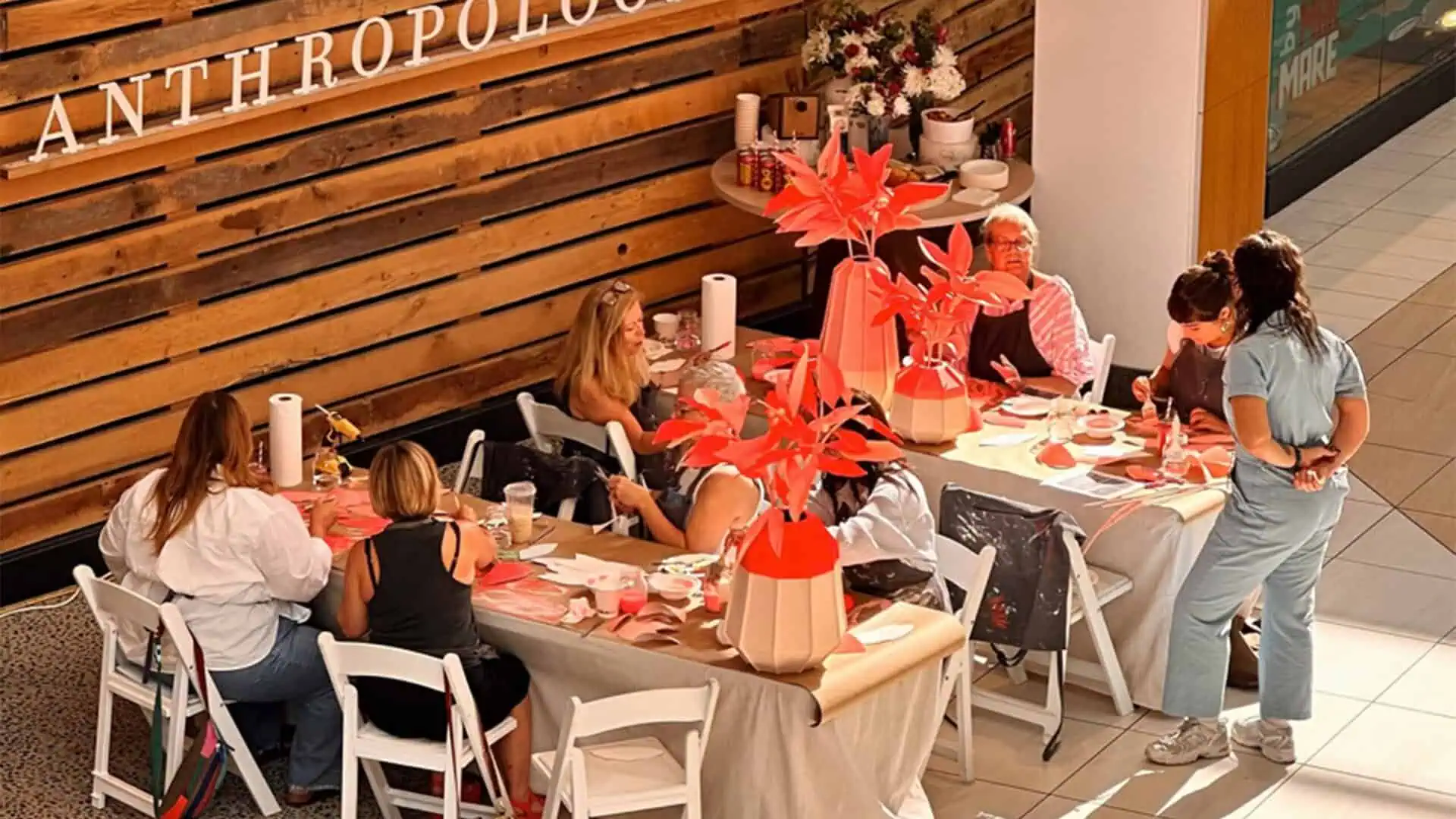
When the Third Place Becomes a Tourist Trap
Once your community space becomes a photo op, authenticity disappears. If the main reason to visit is to take a picture, it’s not a place. It’s a moment. And moments are fleeting. The café gets tagged a thousand times, but no one comes back.
Listening bars sound cool in theory, but let’s be honest. I can listen to anything I want, wherever I want, with whoever I want. I don’t need a retail space for that.
Unless…
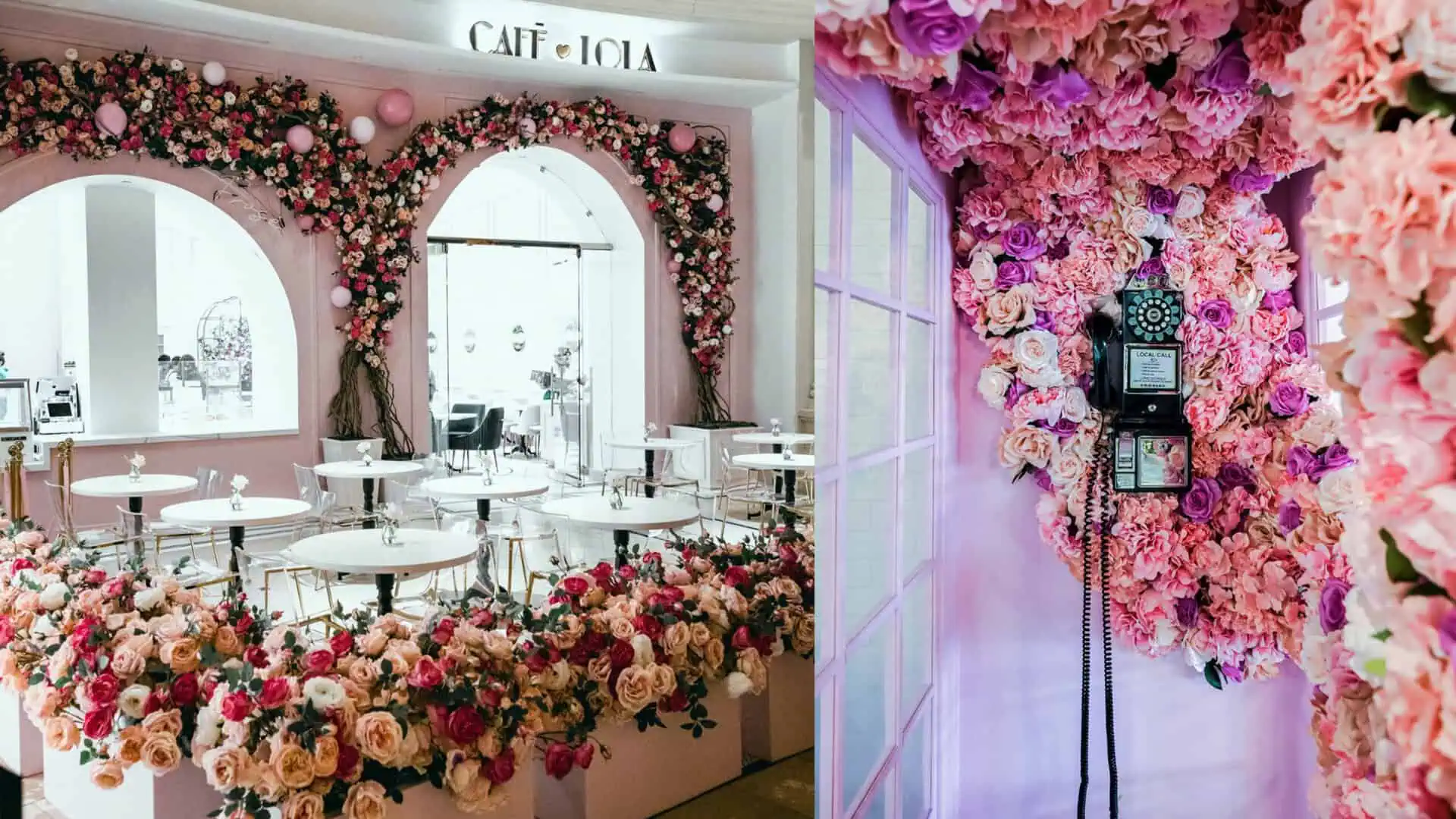
The Power of the Exclusive Moment
What if brands flipped the model? What if the artist most connected to your brand, someone like Taylor Swift or a rising indie voice, released a new single that could only be heard inside your store?
Imagine this:
“The new Taylor Swift track drops exclusively inside Nordstrom this weekend.”
People would line up.
Not for coffee. Not for selfies. For access.
Give Gen X shoppers that nostalgic jolt by selling a 7” single in-store before the rest of the world hears it.
That’s not a gimmick. It’s an event. An “in-crowd” moment that builds genuine belonging.
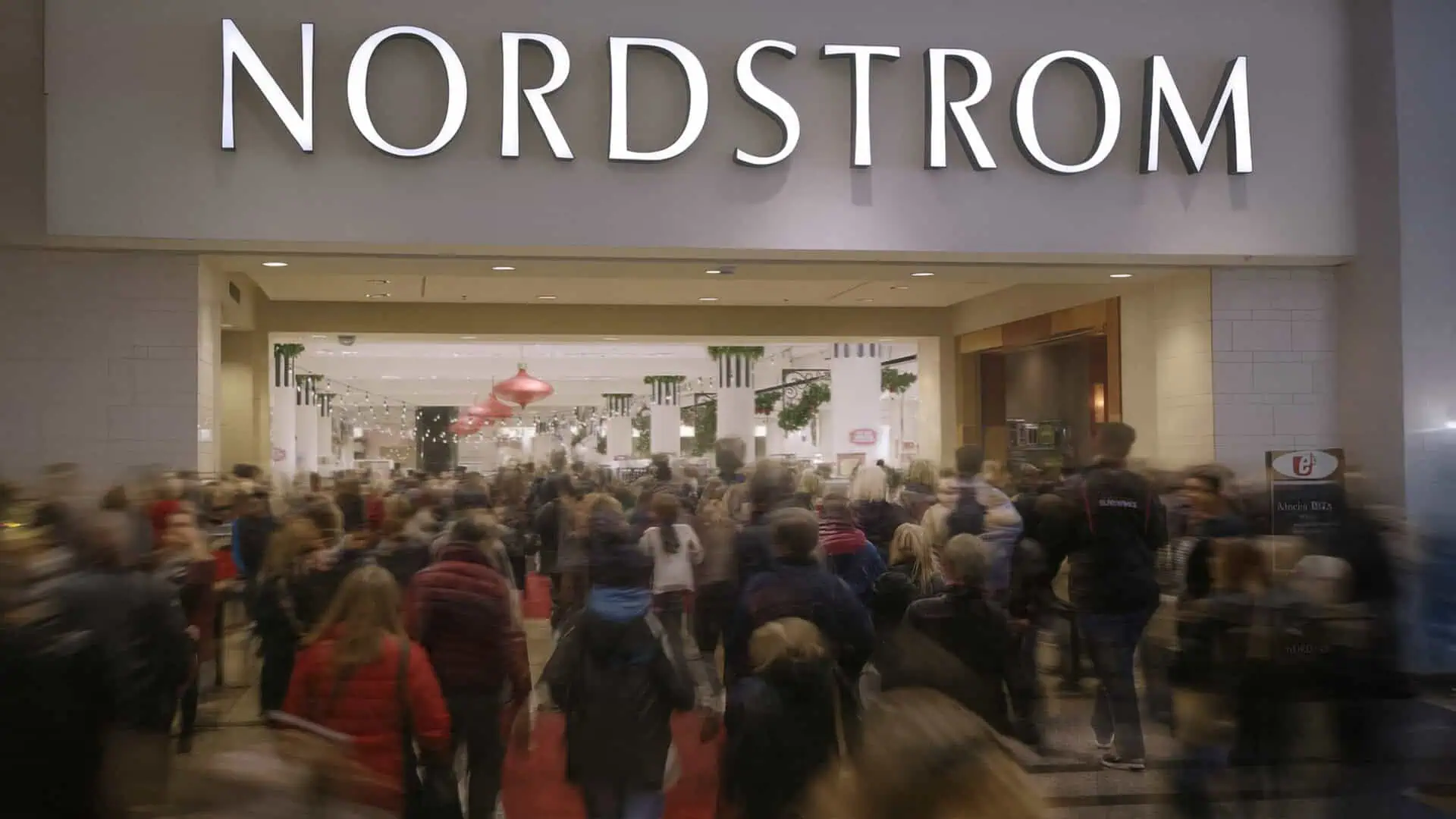
Maybe Third Place Isn’t Physical Anymore
Let’s be honest. The next generation doesn’t hang out in person. Many don’t even bother getting a driver’s license. Their third place already exists online. It’s digital, social, collective, and carefully curated.
So maybe the future of the third place isn’t about drawing people into a physical space. Maybe it’s about meeting them where they already are.
Create digital third spaces that extend your brand’s energy. Places where communities can co-create, vote on designs, attend live virtual drops, or play a role in shaping what the brand becomes.
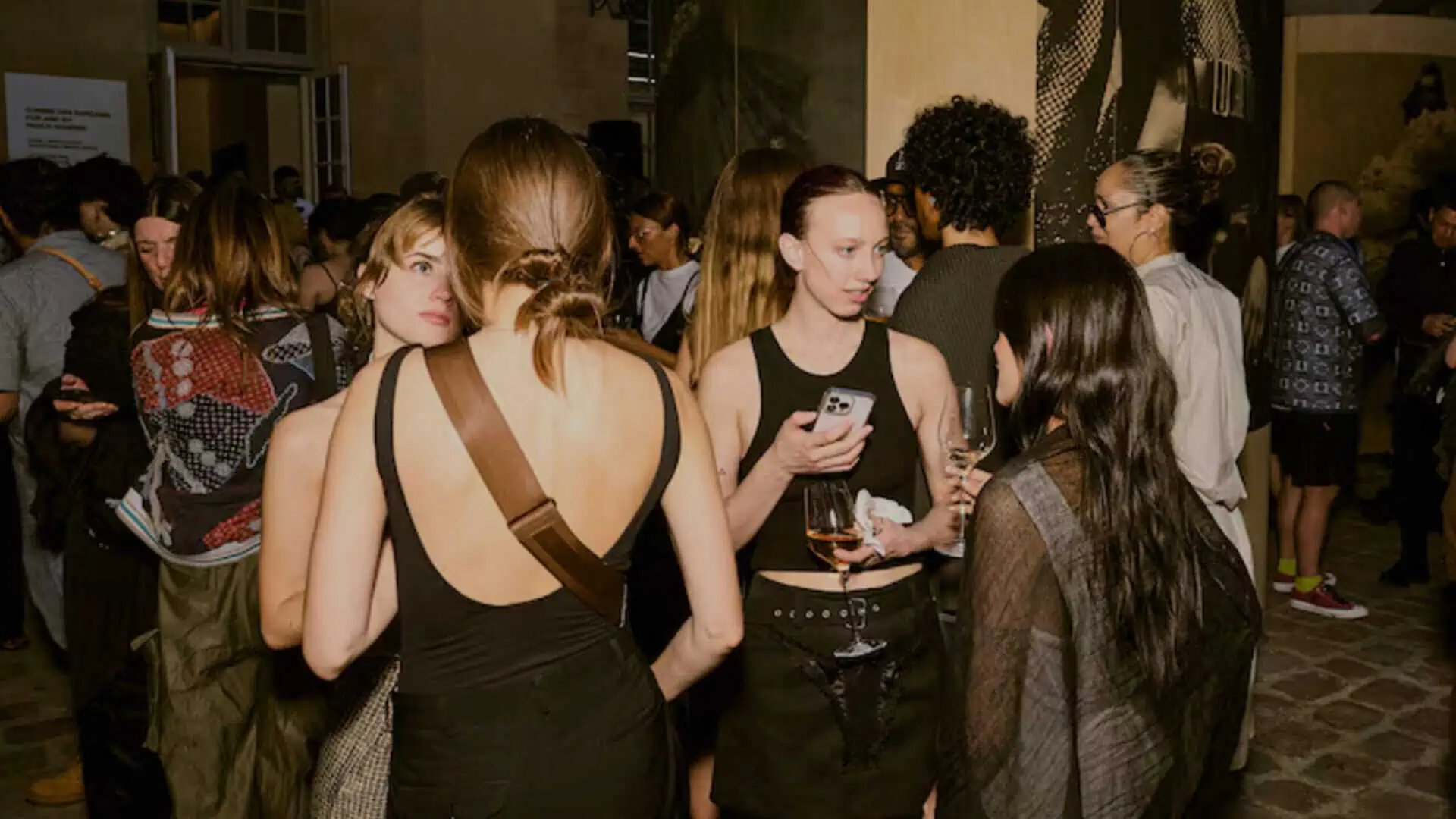
What Communities Actually Want
The best example of a third place I’ve ever experienced wasn’t luxury retail at all. It was Home Depot’s free Saturday morning workshop. My toddler and I built wooden birdhouses and toy cars with other parents. No tech, no agenda, just shared effort and conversation over wood glue and sawdust. It wasn’t expensive. It wasn’t performative. Just honest moments I still carry to this day.
That’s what most brands miss. People don’t want to hang out in places that feel like marketing. They want places that feel like belonging.
Final Thought
Before you build a café or photo wall, ask yourself one thing:
Would I actually spend time here if I didn’t work for the brand?
If the answer is no, it’s not a third place.
It’s just another expensive backdrop for someone else’s feed.



